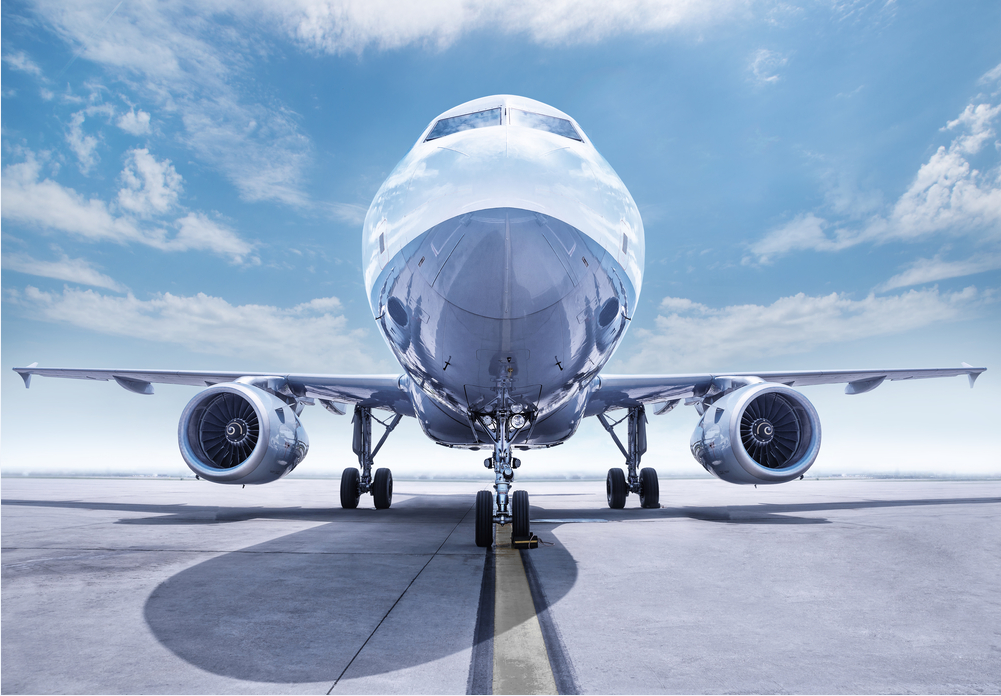Turbulence in the regions?

Jaesen Sumner and Sarah Churstain recently presented to the New Zealand Airports Conference regarding the Civil Aviation Bill.
In this three-part series, Jaesen, Sarah, and David Corry discuss some of the important changes to aviation law contained in the Bill.
Big legal changes are currently on the horizon for New Zealand’s aviation industry. When the Civil Aviation Bill has its First Reading and is referred to the Transport and Infrastructure Select Committee during the next 18 months, it will represent the culmination of over half a decade of policy work by officials at the Ministry of Transport, begun under the last National Government. The Bill is ostensibly about safety and security; Transport Minister Twyford, when releasing a Consultation Draft of the Bill earlier this year, stated:
“Safety is our top transport priority and the proposed laws will make our airports, and flying, safer for New Zealanders and visitors to our country.”
“Measures to improve safety include a new drug and alcohol management scheme for people who work in the sector, clearer powers for aviation security officers as well as amendments which take into account new technology like drones…”
These are commendable intentions. However, the Bill contains other significant changes to the economic regulation of airports, some of which have barely featured in policy documents released by the Ministry. Given this legislation is likely to form a large part of New Zealand’s aviation law for the next 30 years or more, we consider these changes to be significant.
The Bill will repeal the Airport Authorities Act 1966, which came into effect when most airports and airfields were joint ventures between the Crown and local authorities, and companies operating the three larger international airports (Auckland, Wellington and Christchurch) were yet to be established.
The Airport Authorities Amendment Act 1986 inserted new provisions (sections 4A and 4B) which provide that an airport company may set charges and fees (the most significant being airport landing and departure charges) “as it from time to time thinks fit”, but subject to an obligation to consult with substantial customers. The concern at the time was that the soon-to-be incorporated larger airport companies, as monopoly suppliers of essential services, could abuse their market position (a matter now dealt with in section 9A, introduced in 1997).
The power to set fees “as is seen fit” has been a bugbear of airlines ever since. Matters came to a head in 1992, when the High Court had to consider the parties’ obligations in the context of judicial review proceedings by Air New Zealand, Qantas and Ansett against Wellington International Airport Limited, over an alleged lack of consultation in setting airport landing charges. That decision was appealed to the Court of Appeal, at which WIAL’s setting of the charges was vindicated. When the Airport Authorities Amendment Bill 1997 was reported back by the Transport Select Committee, committee members noted that the airline industry had advocated for a negotiation/arbitration regime in place of the “consult and set” regime, but the committee rejected that submission on the basis that, as a consequence, airlines would effectively have the ability to veto airport financial decisions.
Back to the present day, under the proposed Bill the power in section 4A will be removed; airport companies will no longer have the power to set fees and charges as they see fit. The obligation to consult with substantial customers will remain in its current form (clause 204 of the draft Bill).
Our focus is not so much on the position of the larger international airports, who are subject to specific competition regulation under Part 4 of Commerce Act 1986 – although we do have some concerns about that, too.
Regional airports are very concerned about the consequences of this particular change, and we share these concerns. The Consultation Draft contains the following policy justification for the repeal of section 4A:
“On its own, the provision has not proven effective in countering the difficulties faced by small airports which often have to negotiate with one major airline customer when seeking to change prices.”
The Ministry has not provided evidence supporting this statement, and we are aware of none anecdotally. Without such evidence, the difficulties referred to arguably provide a strong basis for retaining section 4A.
It remains to be seen whether the Government will relax its position on the issue of fee-setting as the Bill makes its way through the House and Select Committee.
Airport companies will have the opportunity to make submissions at the Select Committee stage. However, given the smaller regional airports are effectively flying solo in this and will continue to face strong headwinds whilst the Crown remains a majority shareholder in their largest customer, the prospect of any changes to the Bill may be a flight of fancy. Here’s hoping this will not be another example of a regulatory hurdle put in place for those trying to operate successfully in the regions.
In part 2 we will look at other changes to aviation law contained in the draft Bill, and examine the potential effects these may have on regional airports should the Bill be passed in its current form.